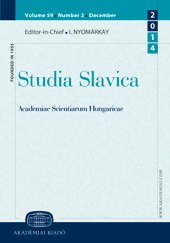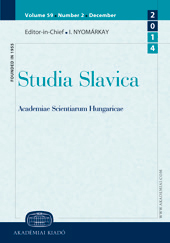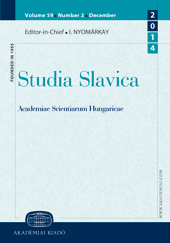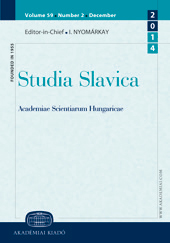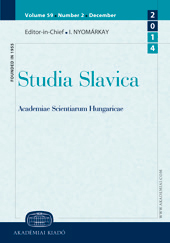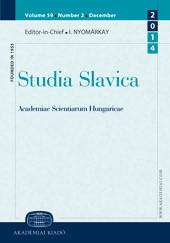
The Kinship Terminology in Ruthenian, Slovak, and Serbian
The aim of this paper is to present the kinship terminology in the Ruthenian language and compare it with the kinship terminology in Slovak and Serbian. Some 270 years ago, groups of Ruthenians began migrating south from their homeland in the Carpathian mountains mostly from Zemplen and Šaroš counties (in present-day Slovakia) to the Bačka region (in present-day Serbia). Since the Ruthenian language has been in contact both with the Slovak and Serbian languages for a long time, we expect to find certain influence of these languages on the Ruthenian kinship terminology.
More...
